Microsoft has experienced various rebrands in the course of recent years, and it most likely would've been a decent move if their subsequent item names weren't so befuddling. When somebody alludes to something like "Viewpoint", what precisely do they mean?
Nowadays, "Viewpoint" can allude to a work area email customer, a Web-based email customer, and an online email benefit. Furthermore, as though that weren't sufficiently confusing, you additionally need to juggle terms like "Hotmail", "Live Mail", or "Viewpoint web application".
We're here to clear everything up. Which terms would it be a good idea for you to utilize? Before the finish of this article, you won't have any questions any longer.
Microsoft’s Email Services
Next to Gmail, Hotmail was one of the world’s most recognizable email services. Back in 1997, when Microsoft had bought it from the original creators, Hotmail offered something unique from most email inboxes: independence from ISPs like America OnLine (AOL).
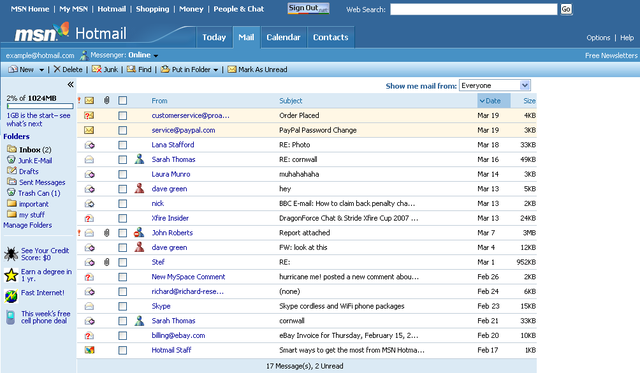
This version was called MSN Hotmail and it no longer exists.
Now fast-forward to 2005. Microsoft announced a new set of services and products that were designed to extend the user experience on Windows. This new suite was called Windows Live, which you might recognize in products like the now open source Windows Live Writer and Windows Live Essentials.
Microsoft Continues Open Source Move with Live WriterMicrosoft continues its bold move into open source by transferring Windows Live Writer -- now Open Live Writer -- to the .NET Foundation. Does this herald the resurrection of many neglected niche applications?READ MORE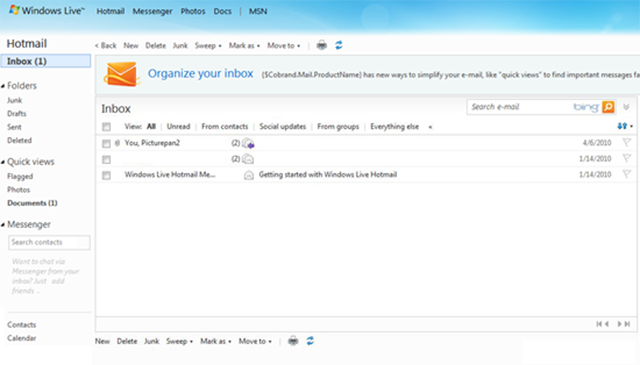
Here’s where it starts to get confusing. As part of this movement, Microsoft planned to phase out Hotmail and replace it with a new mail system called Windows Live Mail. But when beta testers complained about the change and how they preferred the Hotmail brand, Microsoft backtracked and settled on Windows Live Hotmail.
The Windows Live brand was discontinued in 2012. Some of the services and products were integrated directly into the Windows operating system (e.g. apps for Windows 8 and 10), while others were separated and continued on their own (e.g. Windows Live Search became Bing), while others were simply axed.
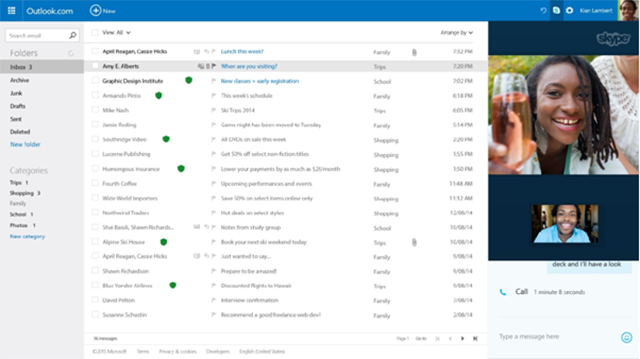
Around that same time, Microsoft introduced hotmail.com, which was essentially a rebranding of Windows Live Hotmail with an updated user interface and improved features. Many people incorrectly refer to this as Outlook Online. (There’s no such thing.)
To add to the confusion, current users were allowed to keep their @hotmail.com email addresses, but new users can no longer create accounts with that domain. Instead, new users can only create @outlook.com addresses, even though both email addresses use the same email service.
So as of right now, Outlook.com is the official name of Microsoft’s email service, which was formerly known as Hotmail and Windows Live Hotmail.
Microsoft’s Web Email Clients
Back in the golden days, the Hotmail email website was the web interface for the Hotmail email service. There was no brand mismatch. The services were one in the same. Whenever you said “Hotmail”, people always knew what you were talking about.
Unfortunately, things just aren’t that simple anymore.
In 2011, just one year before Microsoft discontinued their Windows Live brand, they introduced Office 365. At the time, Office 365 was geared towards business and corporate users, but over time it was expanded to include regular consumers as well. In a lot of ways, Office 365 is what Windows Live should’ve been.
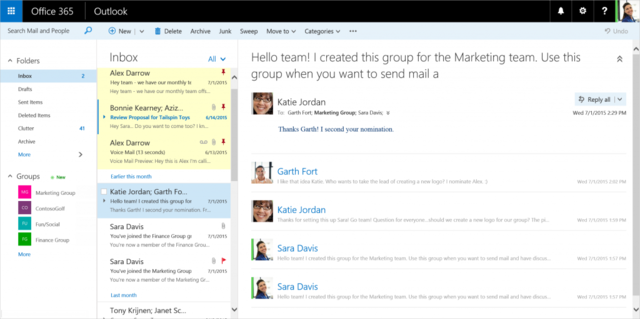
As part of Microsoft’s push for Office 365, they released a collection of web apps called Outlook on the web (formerly Outlook Web App) in 2015. This suite included four separate tools: Microsoft Outlook Mail, Outlook Calendar, Outlook People, and Outlook Tasks.
The important one is Outlook Mail, which is the modern analogue to the Hotmail interface from years ago. Remember how Microsoft rebranded their email service as Outlook.com? Outlook Mail is the front-end while Outlook.com is the back-end.
As with Outlook.com, many people incorrectly refer to Outlook Mail as Outlook Online. There’s no such thing as Outlook Online.
To make it abundantly clear, Outlook Mail is the web email client while Outlook.com is the actual email service that Microsoft provides. The former is used to view the latter.
Microsoft’s Desktop Email Clients
Microsoft’s confusing brand strategy has also spilled into their desktop products. After all, up until recently, “Outlook” has always meant “Microsoft’s desktop email client”. It wasn’t until they went crazy with rebranding, that everything became overly complicated.
Outlook debuted way back on MS-DOS — even before Windows 3.1 — but didn’t really gain traction until Outlook 97, which was packaged as part of Office 97. With every subsequent version of Office, up to and including Office 2016, the Microsoft Outlookdesktop client has also received updates.
20 Historical Microsoft Office Facts You Forgot Or Never KnewThe Microsoft Office suite turned 25 this year. The world has changed since digital presentations, word processing, and spreadsheets became a thing. Do you remember how it all began?READ MORE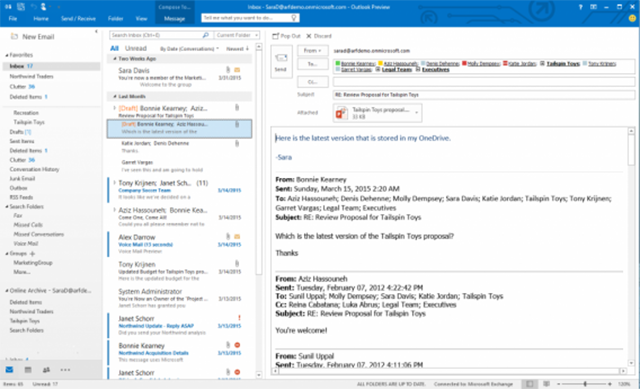
Sometimes, this desktop version is referred to as Office Outlook, but the official name is Microsoft Outlook (or simply Outlook). You can see how that could be confusing given all of the different Outlook-related products and services out there today, but that confusion isn’t just a recent thing.
How to Blast Through Your Emails in Microsoft OutlookDon't let your emails monopolize your day, use these Outlook tips to take back control of your Inbox.READ MORE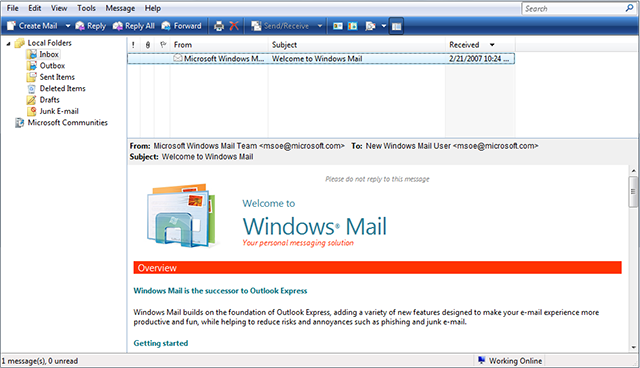
Consider the now-defunct Outlook Express, which was an email client that came packaged with Internet Explorer starting in 1996. Despite similarities in name, Outlook Express wasn’t related to Microsoft Outlook in any way (except for its use as an email client).
Microsoft Outlook Express was succeeded by Windows Mail in 2005, around the same time that Windows Vista was released. This was most likely due to infrastructural differences between Windows XP and Windows Vista, which is why the two are similar, but Windows Mail can’t be used on versions prior to Vista.
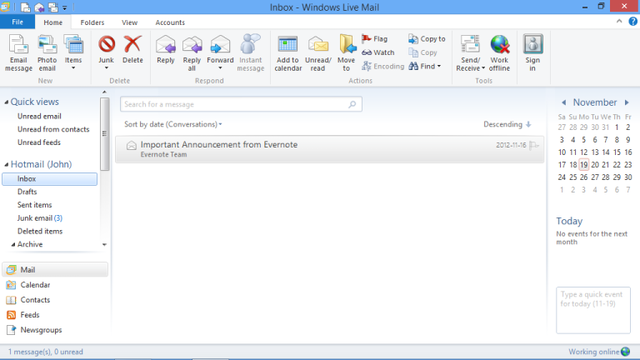
Just two years later, in 2007, Windows Mail was succeeded by Windows Live Mail. Remember how Microsoft wanted to rebrand Hotmail as Windows Live Mail? This has nothing to do with that. Hotmail became Windows Live Hotmail while Windows Mail became Windows Live Mail.
On Windows 10, none of the above-mentioned programs are relevant except for Outlook (which can also be called Microsoft Office Outlook if you want to differentiate it from all the other Outlook-related products out there).
The Bottom Line
If you got this far and your head is spinning, don’t worry. That’s normal. Microsoft really shot themselves in the foot with rebrand after rebrand, and it’s almost impossible to keep up anymore. If you’re still confused, here’s what you need to know:
- Outlook.com is the current name for Microsoft’s email service, which was formerly known as Hotmail.
- Outlook Mail is the web app that let’s you browse your Outlook.com email account. It’s part of the Outlook on the web suite of web apps.
- Outlook, or Office Outlook, is Microsoft’s desktop email client. It can be used with Outlook.com email addresses or with any other email addresses.
Everything else — including Outlook Express, Windows Mail, and Windows Live Mail — are no longer relevant unless you’re using outdated versions of Windows.
3 Reasons Why You Should Be Running The Latest Windows Security Patches & UpdatesThe code that makes up the Windows operating system contains security loop holes, errors, incompatibilities, or outdated software elements. In short, Windows isn't perfect, we all know that. Security patches and updates fix the vulnerabilities...READ MORE
Did this help? Are you still confused? Know something that we missed? Tell us about it in the comments below!
Image Credits: MSN Hotmail via Wikipedia, Windows Live Hotmail via Wikipedia, Outlook.com via Wikipedia, Outlook on the Web via Wikipedia, Outlook 2016 via Wikipedia, Windows Mail via Wikipedia, Windows Live Mail via Wikipedia
Nhận xét
Đăng nhận xét